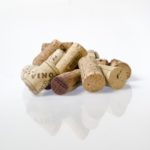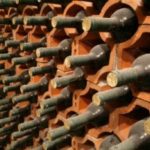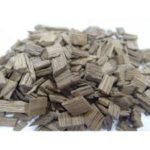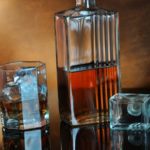Korki: Produkcja.
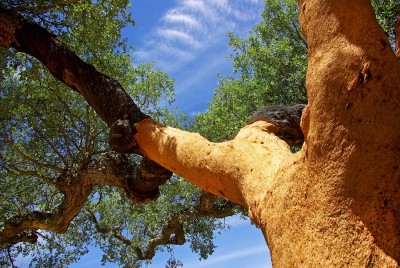
Dąb korkowy (Quercus suber L.) jest charakterystyczną rośliną strefy śródziemnomorskiej. Uprawiany jest w Hiszpanii, Portugalii, Algierii, Maroko, Francji, Włoszech i Tunezji. Liście tego dębu są wiecznie zielone i dzięki wyjątkowej pokrywie zabezpieczającej je przed parowaniem, nie opadają na zimę. Posiada owoce w formie 3 cm żołędzi.
Do potrzeb przemysłowych (między innymi na korki do win) wykorzystuje się najbardziej zewnętrzną część kory tego drzewa (część obumarła). Pierwszego okorowania dokonuje się na drzewach które osiągnęły wiek 25 lat. Korę z drzewa zdejmuje się płatami, zabieg ten nazywany desboia, jest całkowicie bezpieczny i nie uszkadza drzewa. Dokonuje się go, gdy obwód dębu osiągnie minimum 70cm. Przeprowadzany jest przez doświadczonych pracowników zgodnie z zasadami „kodeksu korkowego” określającego kiedy i w jaki sposób można dokonywać okorowania.
Kolejnego okorowania dokonuje się po 9-12 latach, kiedy to kora całkowicie odrośnie. W ciągu życia zabieg powtarza się około 12 razy, drzewo osiąga wtedy wiek 200 do 250 lat.
Popularność swoją korek zdobył dzięki swoim wyjątkowym właściwością,z którymi nie mogą konkurować inne produkty pochodzenia
naturalnego lub nawet te sztucznie wytworzone przez człowieka. Posiada unikatową strukturę, zbudowany jest z milionów pęcherzyków, wypełnionych gazem zbliżonym właściwościami do powietrza. Wielkość tych pęcherzyków to 10 do 40 mikrometrów, co równe jest tysięcznym częścią milimetra. 1 centymetr sześcienny korka, może zawierać nawet 40 milionów takich komórek.
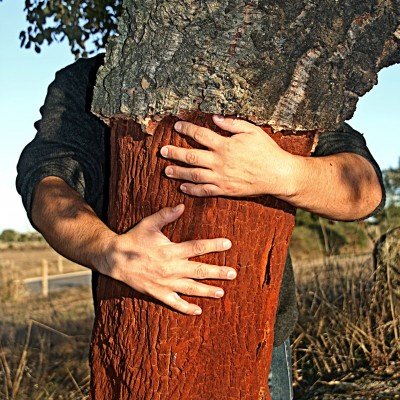
Skład chemiczny korka:
45% suberdyna – główny składnik korka, mieszanina kwasów organicznych, odpowiada za jego elastyczność i nieprzepuszczalność (dla gazów i płynów), jest nietopliwa i nierozpuszczalna (nierozpuszczalna nawet w alkoholu, eterze, skoncentrowanym kwasie siarkowym i kwasie chlorowodorowym);
27% lignina – element wiążący korek
12% polisacharydy – składniki ścian komórkowych;
6% taniny – odpowiadają za kolor korka;
5% woski – odpowiadają za jego nieprzepuszczalność
Pozostałe substancje: minerały, woda, etc.
Ten niezwykły materiał zyskał miano unikalnego surowca. Przyjmuje się, że jako pierwsi te niezwykłe właściwości odkryli między innymi Egipcjanie, Chińczycy i Grecy około 3000 lat przed Chrystusem. Wyrabiali z niego spławiki i sandały, natomiast w czasach Cesarstwa Rzymskiego naturalny korek był wykorzystywany do zamykania naczyń z winem i oliwą powstały pierwsze korki do win.
Znaleziono w Google poprzez:
- dąb korkowy
- strefa śródziemnomorska
- dąb korkowy hiszpania
- wiecznie zielone dęby
- dab korkowego
- korek roślina
- dęby korkowe w portugalii
